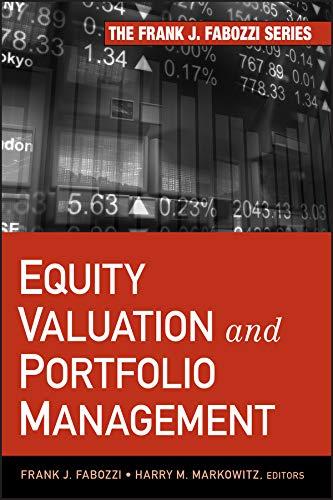3. Consider an economy with two goods indexed by 1 = 1, 2. Suppose that there is a small country that doesn't affect world prices. The small country has two agents indexed by i = 1, 2. The endowments are e1 = (, 1) and e2 = (1, 3). All agents have the same utility function u(21, 12) = x1 22. We normalize the price of good 1 to be P1 = 1. (a) Compute the autarky equilibrium allocation and price. (b) Suppose that the country opens up to trade, and the price of good 2 changes to p2 = 1. Compute the free trade allocation and utility. Who gains/loses from trade? (e) Suppose that the government imposes a tariff of 7 = 1 on the import of good 2, and the domestic price of good 2 becomes q = P2+1 = 1 + 1 = Let T be the tax revenue from the tariff, and suppose that the government gives out the tariff revenue equally to agents (so each agent gets 4). Express T as a function of q and T. (d) Solve for the new allocation. Who gains/loses from trade? (e) Propose a better policy than the government's. Compute the allocation and utility under the suggested policy. 3. Consider an economy with two goods indexed by 1 = 1, 2. Suppose that there is a small country that doesn't affect world prices. The small country has two agents indexed by i = 1, 2. The endowments are e1 = (, 1) and e2 = (1, 3). All agents have the same utility function u(21, 12) = x1 22. We normalize the price of good 1 to be P1 = 1. (a) Compute the autarky equilibrium allocation and price. (b) Suppose that the country opens up to trade, and the price of good 2 changes to p2 = 1. Compute the free trade allocation and utility. Who gains/loses from trade? (e) Suppose that the government imposes a tariff of 7 = 1 on the import of good 2, and the domestic price of good 2 becomes q = P2+1 = 1 + 1 = Let T be the tax revenue from the tariff, and suppose that the government gives out the tariff revenue equally to agents (so each agent gets 4). Express T as a function of q and T. (d) Solve for the new allocation. Who gains/loses from trade? (e) Propose a better policy than the government's. Compute the allocation and utility under the suggested policy








